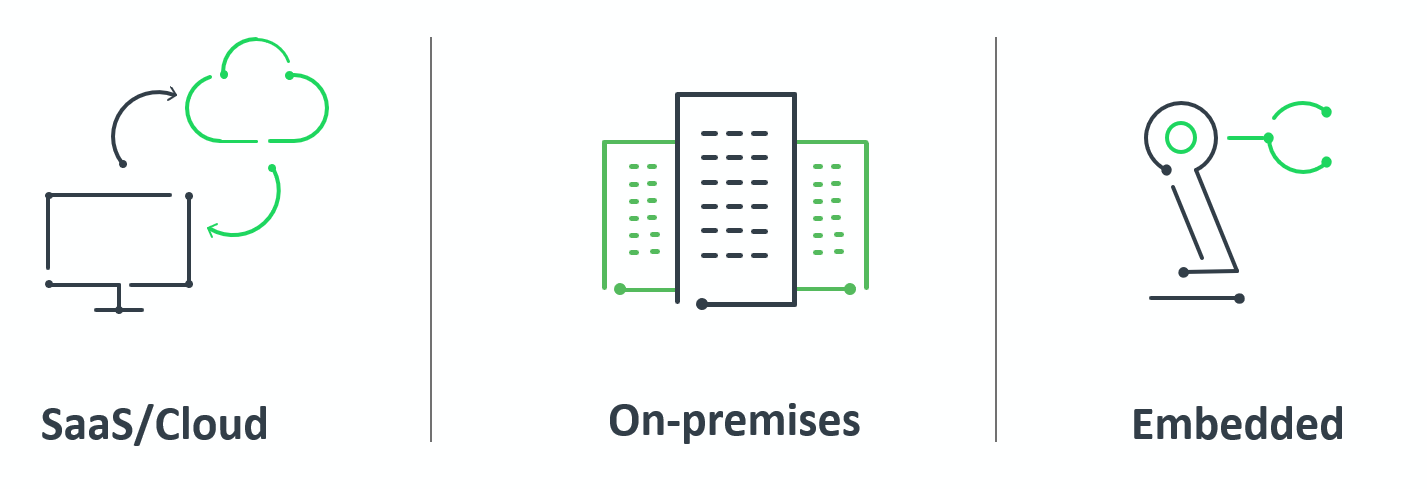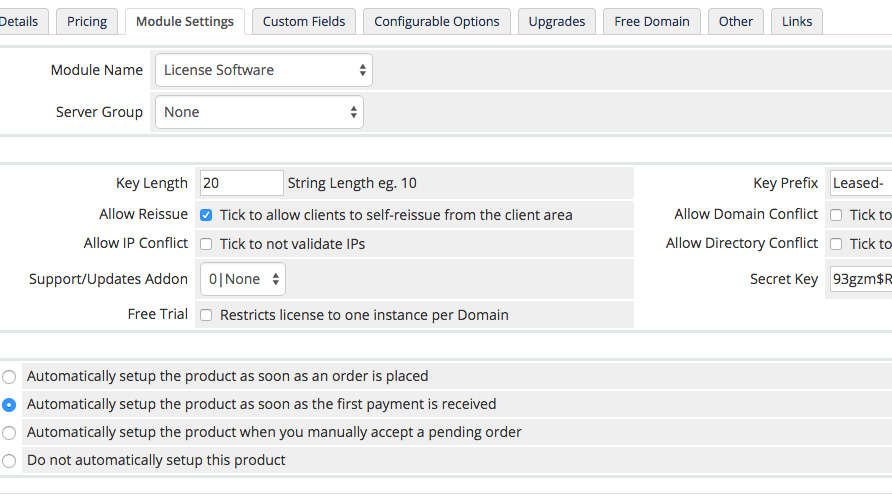Navigating Software Licensing Options: A Comprehensive Guide

In today's digital age, understanding software licensing options is crucial for businesses of all sizes. Software licensing determines how companies can use, distribute, and manage software, impacting both operational efficiency and legal compliance. This guide explores various software licensing models, their advantages and disadvantages, and factors to consider when selecting the right option for your business.

Introduction to Software Licensing Options
Software licensing refers to the legal framework that allows businesses to use software applications. It is essential in the IT landscape because it ensures compliance with intellectual property laws and helps organizations manage costs effectively. With numerous software licensing options available, navigating these choices can be overwhelming. This guide will clarify your options and help you make informed decisions about software licensing models.
Types of Software Licensing Models
Understanding the different software licensing models is vital for businesses looking to optimize their software investments. Here are some common models:

Perpetual Licensing
Advantages
Perpetual licensing allows companies to purchase software outright, granting them indefinite use. This model is often preferred by businesses that want complete control over their software.
Disadvantages
The initial cost can be high, and companies may face significant expenses for upgrades or maintenance. Additionally, without regular updates, software can become outdated.
Subscription Licensing
Advantages
Subscription licensing offers a lower upfront cost and includes regular updates. Businesses can pay monthly or annually, making budgeting easier.
Disadvantages
Over time, subscription costs can exceed those of perpetual licenses, especially for long-term users. Additionally, if payments stop, access to the software may cease.

Volume Licensing
Advantages
Volume licensing is designed for organizations that need multiple licenses. It often comes with significant discounts, making it cost-effective for larger teams.
Disadvantages
Managing multiple licenses can become complex, and businesses must ensure compliance across all users.
Cloud Licensing
Advantages
Cloud licensing allows access to software via the internet, often on a subscription basis. This model provides flexibility and scalability, allowing businesses to adjust their usage based on current needs.
Disadvantages
Dependence on internet connectivity can be a drawback, and businesses may face concerns regarding data security and compliance.

Evaluating Software Licensing Options
When choosing a software licensing model, consider several key factors. First, assess your budget. Understand the long-term costs associated with each model, including maintenance and upgrade fees. Next, evaluate compliance requirements. Ensure that your chosen licensing model aligns with legal obligations and internal policies. Lastly, consider scalability. Choose a model that can grow with your business needs.
Benefits of Choosing the Right Licensing Model
Selecting the correct software licensing model can lead to substantial cost savings and improved compliance. For example, a large corporation may find that volume licensing provides the best value due to its discounts on bulk purchases. Conversely, a startup may benefit more from subscription licensing, allowing them to scale their services without a large upfront investment.

Real-world case studies illustrate these points. For instance, Microsoft reported that companies leveraging cloud licensing saw a 30% reduction in operational costs. Similarly, a study by Forrester Research found that businesses using volume licensing experienced a 25% increase in compliance adherence.
Conclusion
Understanding software licensing options is essential for any business aiming to optimize costs and ensure compliance. By evaluating different licensing models and considering your organization's needs, you can make informed decisions that align with your long-term goals. Take the time to assess your software licensing options today, and position your business for success in a rapidly evolving digital landscape.
For further insights, explore related topics like software licensing best practices, how to manage software licenses, and the impact of software licensing on business.